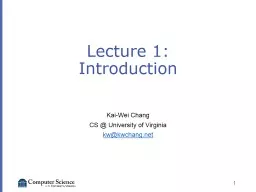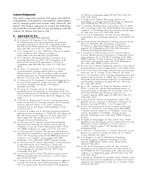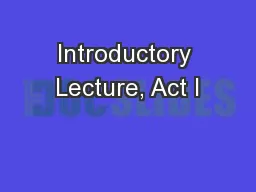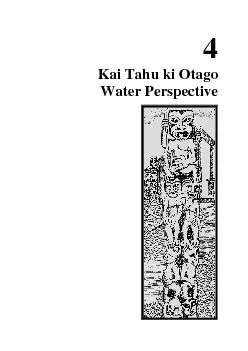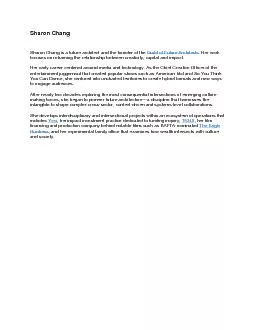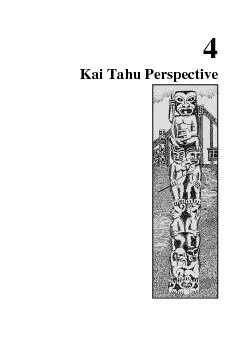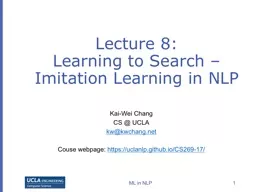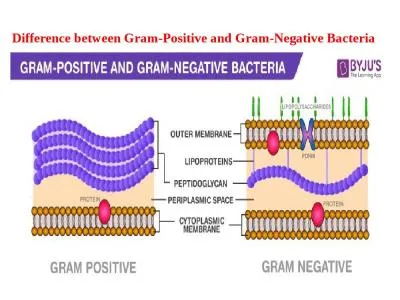PPT-Lecture 2: N-gram Kai-Wei Chang CS @ University of Virginia
Author : celsa-spraggs | Published Date : 2019-11-02
Lecture 2 Ngram KaiWei Chang CS University of Virginia kwkwchangnet Couse webpage httpkwchangnetteachingNLP16 1 CS 6501 Natural Language Processing This lecture
Presentation Embed Code
Download Presentation
Download Presentation The PPT/PDF document "Lecture 2: N-gram Kai-Wei Chang CS @ Un..." is the property of its rightful owner. Permission is granted to download and print the materials on this website for personal, non-commercial use only, and to display it on your personal computer provided you do not modify the materials and that you retain all copyright notices contained in the materials. By downloading content from our website, you accept the terms of this agreement.
Lecture 2: N-gram Kai-Wei Chang CS @ University of Virginia: Transcript
Download Rules Of Document
"Lecture 2: N-gram Kai-Wei Chang CS @ University of Virginia"The content belongs to its owner. You may download and print it for personal use, without modification, and keep all copyright notices. By downloading, you agree to these terms.
Related Documents

